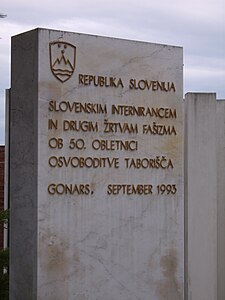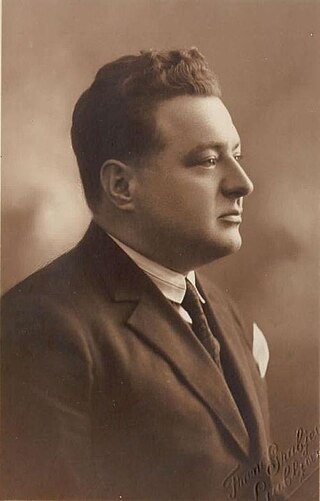
Igo Gruden was a Slovene poet and translator.
Gonars is a town and comune (municipality) in the Regional decentralization entity of Udine in Friuli, Friuli Venezia Giulia, northeastern Italy. It is located near Palmanova.
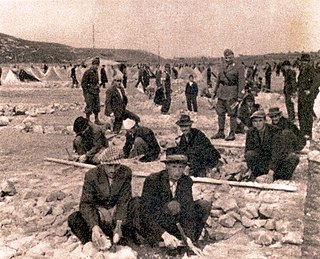
The Rab concentration camp was one of several Italian concentration camps. It was established during World War II, in July 1942, on the Italian-annexed island of Rab.

Italian war crimes have mainly been associated with Fascist Italy in the Pacification of Libya, the Second Italo-Ethiopian War, the Spanish Civil War, and World War II.
Fascist Legacy is a 1989 BBC documentary TV miniseries about Italian war crimes during World War II. It consists of two parts.

The Operational Zone of the Adriatic Littoral was a Nazi German district on the northern Adriatic coast created during World War II in 1943. It was formed out of territories that were previously under Fascist Italian control until its takeover by Germany. It included parts of present-day Italian, Slovenian, and Croatian territories. The area was administered as territory attached, but not incorporated, to the Reichsgau of Carinthia. The capital of the zone was the city of Trieste.

Anton Vratuša was a Slovenian politician and diplomat who was Prime Minister of Slovenia from 1978 to 1980, and Yugoslavia's ambassador to the United Nations.

Fran Albreht was a Slovenian poet, editor, politician and partisan. He also published under the pseudonym Rusmir.

The Province of Ljubljana was the central-southern area of Slovenia. In 1941, it was annexed by the Kingdom of Italy, and after 1943 occupied by Nazi Germany. Created on May 3, 1941, it was abolished on May 9, 1945, when the Slovene Partisans and partisans from other parts of Yugoslavia liberated it from the Nazi Operational Zone of the Adriatic Littoral. Its administrative centre was Ljubljana.

France Balantič was a Slovene poet. His works were banned from schools and libraries during the Titoist regime in Slovenia, but since the late 1980s he has been re-evaluated as one of the foremost Slovene poets of the 20th century.

Gastone Gambara was an Italian General who participated in World War I and World War II. He excelled during the Italian intervention in favor of the nationalists in the Spanish Civil War. During World War II, he had an outstanding role in the North African Campaign and the repression of partisans in Yugoslavia.
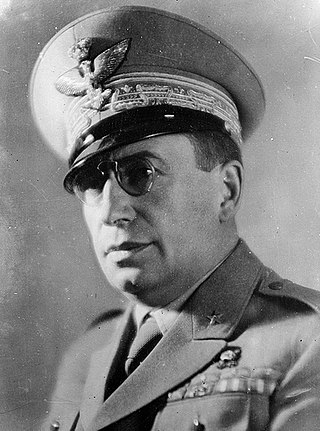
Mario Roatta was an Italian general. After serving in World War I he rose to command the Corpo Truppe Volontarie which assisted Francisco Franco's force during the Spanish Civil War. He was the Deputy Chief of Staff of the Italian Army from October 1939 to March 1941 and from March 1941 to January 1942 its Chief of Staff and helped in preparing for the invasion of Yugoslavia.

The Anti-Communist Volunteer Militia were paramilitary auxiliary formations of the Royal Italian Army composed of Yugoslav anti-Partisan groups in the Italian-annexed and occupied portions of the Kingdom of Yugoslavia during the Second World War.

Nova Gorica railway station serves the town and municipality of Nova Gorica, in the Slovenian Littoral region of Slovenia, and is also accessible from the town of Gorizia, Italy.
Alessandra Kersevan is a historian, author and editor living and working in Udine. She researches Italian modern history, including the Italian resistance movement and Italian war crimes. She is the editor of a group called Resistenza storica at Kappa Vu edizioni, an Italian publisher. Her research have caused a huge hate campaign against her from the political right environment, both institutional and extra-parliamentary.
Branka Jurca was a Slovene writer, principally for children and young adults.
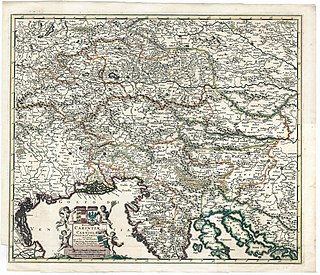
World War II in the Slovene Lands started in April 1941 and lasted until May 1945. The Slovene Lands were in a unique situation during World War II in Europe. In addition to being trisected, a fate which also befell Greece, Drava Banovina was the only region that experienced a further step—absorption and annexation into neighboring Nazi Germany, Fascist Italy, and Hungary. The Slovene-settled territory was divided largely between Nazi Germany and the Kingdom of Italy, with smaller territories occupied and annexed by Hungary and the Independent State of Croatia.

The Monigo concentration camp was a prison camp opened during World War II aimed at civilian prisoners. It was located in Monigo, a suburb of the town of Treviso. The camp was active between 1942 and 1943. The total number of inmates is not certain, but is estimated in a total of around 10,000, with an average number of 2,582 prisoners at a time. The camp often surpassed its full capacity of 2,400.
The Molat concentration camp was an Italian concentration camp, established during World War II, by Fascist Italy on the island of Molat and was subordinate to the Italian Ministry of the Interior.
